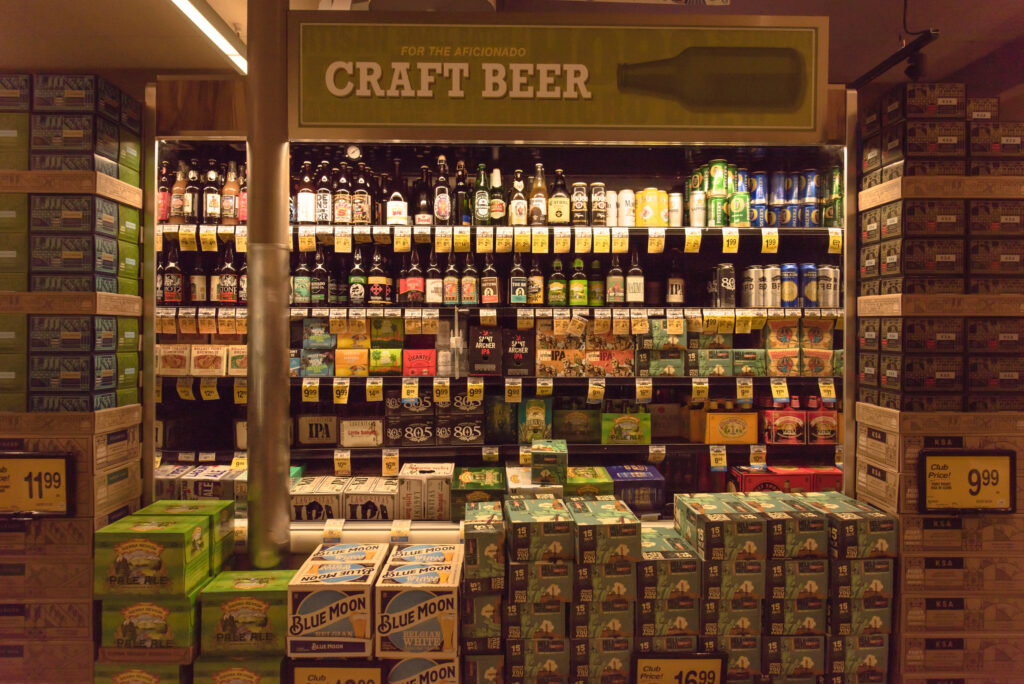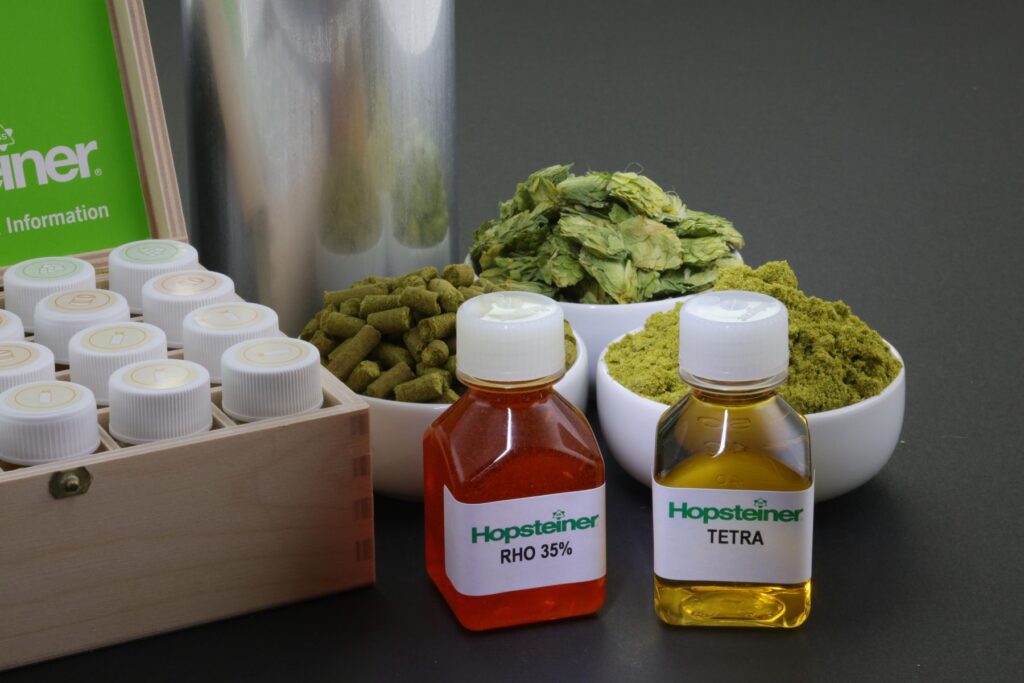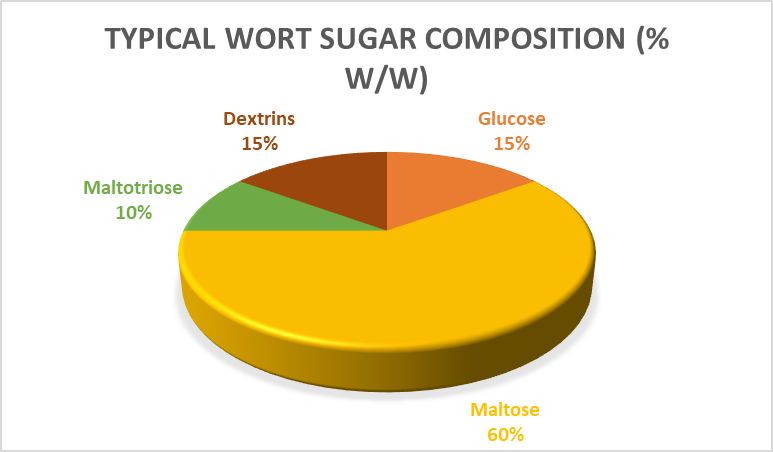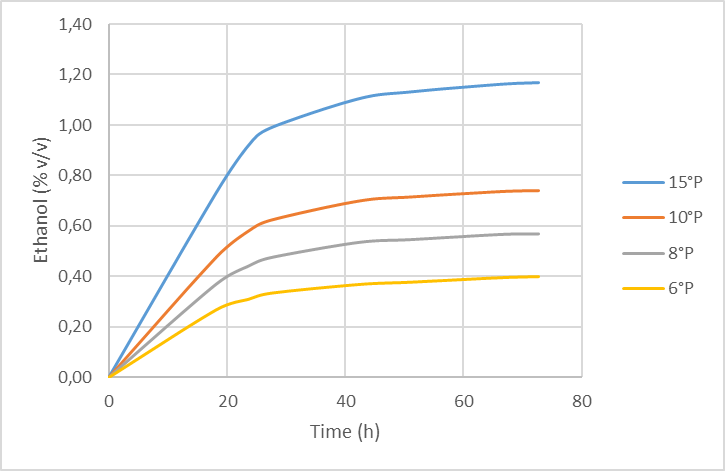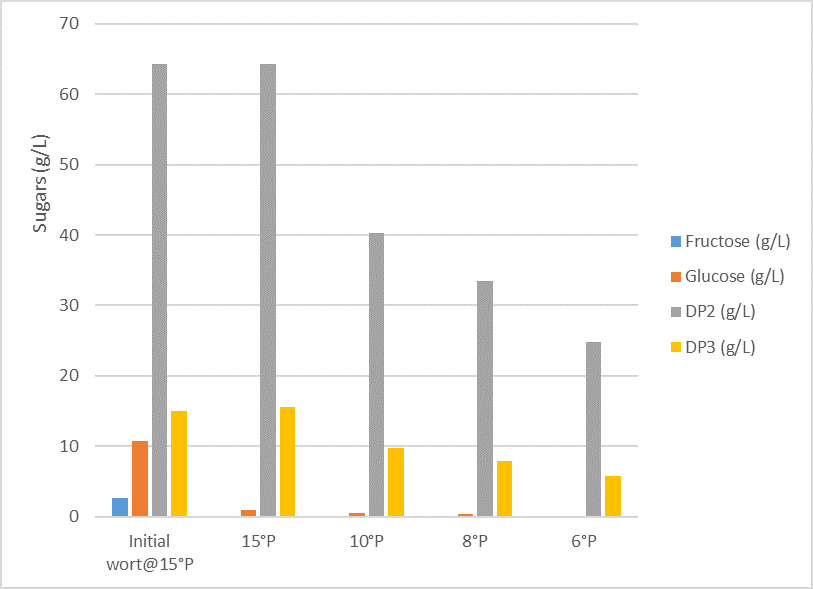
By: Raj Tulshan, Founder of Loan Mantra
The arrival of spring means sunshine, warmer temperatures, gatherings and lots of drinking. This often involves celebrating with a cold pint of beer, glass of wine or festive cocktail. Special days are a great time to attract crowds planning to connect with family and friends at area restaurants and pubs and to increase beverage sales.
More than 335,000 gallons of tequila are consumed in the U.S. during Cinco de Mayo fiestas. An estimated 92 million Americans take their moms out for a meal for Mother’s Day, making it the most popular day for restaurant dining. People don their big hats and spring finery, while sipping Mint Juleps at Kentucky Derby-themed parties. Then it’s time to toast to dads on Father’s Day, celebrate graduations, for bachelor and bachelorette parties and bridal showers. So, how can you maximize beverage sales all throughout these warm weather celebrations? Here are 10 tips:
1. Spring into Theme – Jump into action with some tropical themed drinks. Serve a refreshing Cherry Blossom, Tequila Honeysuckle, or a Lemon Drop for festive seasonal celebrations and, of course, don’t forget a Mint Julep for Kentucky Derby parties. Source fresh ingredients whenever possible and use fun garnishes, like edible flowers. For a Spring Fling, use sorbet as a drink ingredient, with fancy glasses and pastel cocktail napkins. Get patriotic with red, white, and blue themed drinks for Flag Day, and consider garnishing the drinks (or the tables) with cute little sparklers. Throw a tropical party and encourage employees and guests to wear Hawaiian shirts and leis, with mai tai or pina colada specials. Have a taco and tequila party for Cinco de Mayo and decorate with bright colors and a cactus or two. What about hosting an ice cream party with boozy milkshakes on a hot summer night social? The possibilities are endless, so be creative!
2. Partner with the right vendors – Many beer, wine and liquor vendors will provide plenty of marketing materials to help restaurants and bars drive beverage sales. They’ll often give you free table tents, branded coasters, and other materials to promote their brands. Some vendors will go a step further and provide give-away items, like branded pint glasses, t-shirts, or baseball caps for customers that order their products. This is an easy way for you to boost excitement and sales – and a fun incentive for your guests to enjoy.
3. Get your financing in order – Restaurants and bars have, understandably, had a tough two years, due to the COVID-19 pandemic. And now the COVID fallout includes a trifecta of major challenges, including soaring prices on food and beverage supplies, ongoing supply chain disruptions and continued staffing shortages. Be sure that your financing is stable enough to sustain your operations, especially amid this turbulent period and as you recover from the pandemic hardships. If you need a business loan, talk to an expert that can advise you about which path to take. There are many viable options available to help your business through the short-term or for your longer-term needs.
4. Get the funding for your marketing needs – You might have the most amazing place that serves the best food and drinks in the area, but if people don’t know about you, you won’t maximize sales, profits and other key metrics. Elevate your marketing efforts to generate awareness and excitement and drive traffic and sales. Be sure to have a professional, easy-to-navigate website with updated menus, drink lists, and specials. Become more active on social media and buy online ads that target your priority populations. Host special events and tastings. Send out emails about upcoming events and other incentives. If your budget is strained, consider a loan to boost your marketing efforts and attract more attention.
5. Host VIP tastings. Boost customer loyalty with VIP tastings – Valued customers will feel special to be part of an “elite” event, so make these tastings feel exclusive and important. Send out VIP invitations. If your budget allows, you can go all-out with a red carpet and champagne. Or create a different vibe with beer flights, a wine tasting or a sampling of different types of whiskey. Ask your vendors to provide experts to discuss their products and educate your guests about the types of beer, wine, or liquor they offer. Your vendors might provide VIP gift bags or other SWAG, as well.
6. Create a comfortable atmosphere – Be certain that your guests feel comfortable at your establishment, whether that means continuing to social distance during higher COVID transmission periods or keeping plastic partitions up for a while longer. Guests want to see “proof” that your restaurant or bar is still following strict cleaning and sanitation protocols, so place hand sanitizer dispensers around the facility and continue to sanitize tables, bars and other high-touch locations frequently. Have comfortable seating that will make people want to linger and have another drink. Use appealing soft (not harsh!) lighting and play fun music. Also, consider what would appeal to your target demographics. Men will want the big game on your TVs. A bachelorette party will want a fun waitstaff that will dare them to do shots. And guests appreciate some creative decorating for the holidays, whether that’s flowers and champagne flutes for Mother’s Day, or big hats and roses for Derby Day (also called The Run for the Roses).
7. Provide outdoor seating – One of the silver linings of the pre-vaccination landscape was that many restaurants and bars added outdoor seating, which customers loved. Now that spring is finally upon us, people will welcome the opportunity to eat, drink and celebrate outdoors. Set up tables and chairs outside. Consider adding fire pits or offering blankets on chilly evenings. Offer boozy popsicles or milkshakes to boost beverage sales when the weather gets warmer. String up pretty lights. Plant colorful flowers. Make your outdoor area feel lovely and inviting.
8. Offer special incentives – Promote special deals around the spring holidays, like “Moms drink for free on Mother’s Day” or “Dads get a free beer for Father’s Day.” Promote specials on tacos and margaritas for Cinco de Mayo. Offer Mint Juleps and tiny sandwiches for a Kentucky Derby watch party. Offer discounts on your special spring drink menu. Consider discounts on beer buckets for the spring or 2-for-1 drink specials on a typically slow weekday.
9. Train your staff about the drink specials – Make sure your staff are educated about your drink specials and encourage them to upsell to your guests. This is especially important when you add new seasonal cocktails to your menu or if you’re having special holiday-themed drinks. Be sure your employees know what each drink tastes like, how it’s made, and what it pairs well with. Your staff are your best ambassadors. The way they describe your menu and drink specials will matter. In fact, it will have a direct impact on your sales.
10. Be active on social – Social media can be a very effective way to incentivize your events, spotlight drink specials, and highlight fun plans and celebrations for the season. Post about what you’ll do to treat soon to be brides well for bachelorette parties (Champagne toasts! Bloody Mary specials!), so they’ll come to your establishment instead of your competitors.’ Feature different staff members raving about their favorite spring drink or talking about the upcoming events or parties that you’re hosting. Share photos of beautiful spring drinks garnished creatively. Showcase that your place is the place to be this summer, for any seasonal celebration.
Spring is in the air and there are so many opportunities to celebrate. There are also so many opportunities to promote your establishment, drive traffic and boost your beverage sales. Try these 10 tips to increase traffic to your establishment, customer loyalty and profits.
Neeraj (Raj) Tulshan is the Founder and Managing Member of Loan Mantra, a financial advisory firm with best-in-class and proprietary FinTech, BLUE (Borrower Lender Underwriting Environment). Loan Mantra, Powered by BLUE, is next-level finance: a one-stop-shop for business borrowers to secure traditional, SBA or MCA financing from trusted lenders in a secure, collaborative and transparent platform. Clients turn to Raj because they know he will always pick up the phone and offer unparalleled financial counsel in a remarkably human—even friendly—way.
About Loan Mantra
Loan Mantra is a financial services company that helps level the playing field for small and medium businesses to gain financing by providing a one-stop portal, paperless application process and personal service. With offices in New Jersey, Charleston, SC and New York, our only success is through your success. This means that our attention, purpose and intention are all focused on you, our client. We are your ally to overcome obstacles, bringing peace through uncertain times to achieve your highest goals and aspirations. Your friendly, responsive agent will listen respectfully and service your account actively through one of three locations in. We speak your language whether it’s English, Spanish, Hindi, Bengal, Hospitality, Laundry or Manicure, let us help you today. Connect with us at www.loanmantra.com, 1.855. 700.BLUE (2583)
